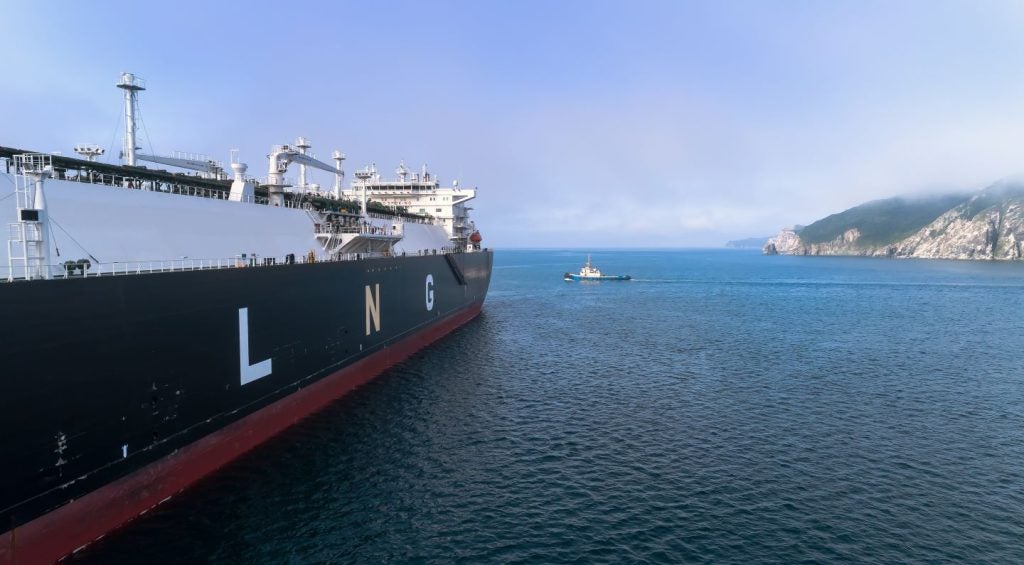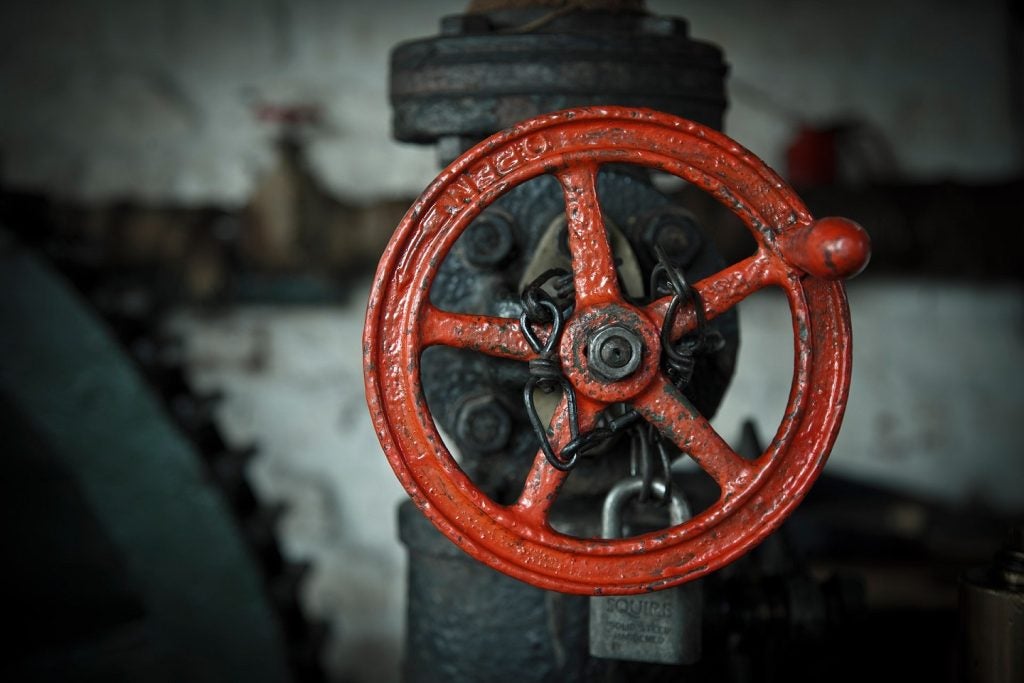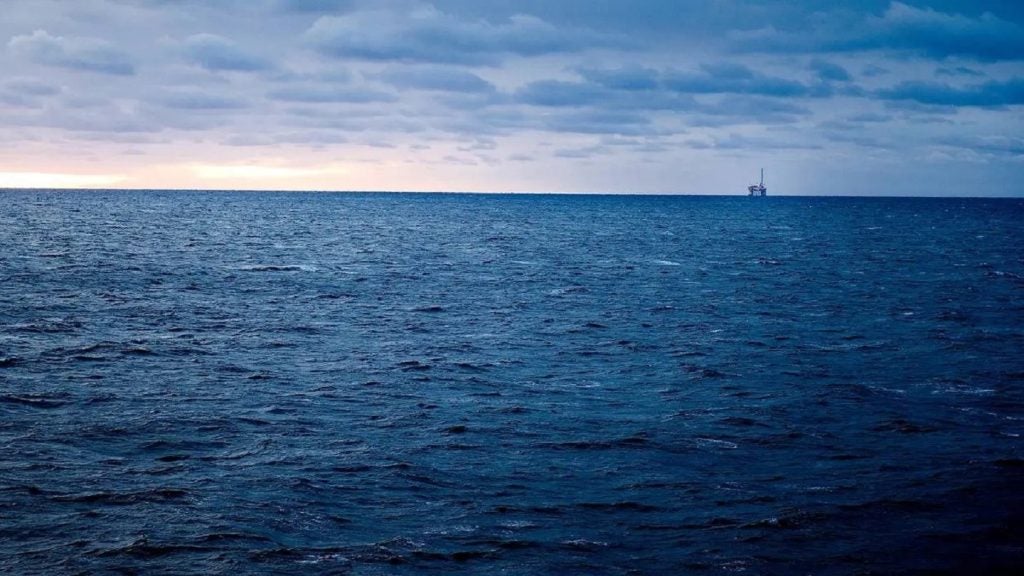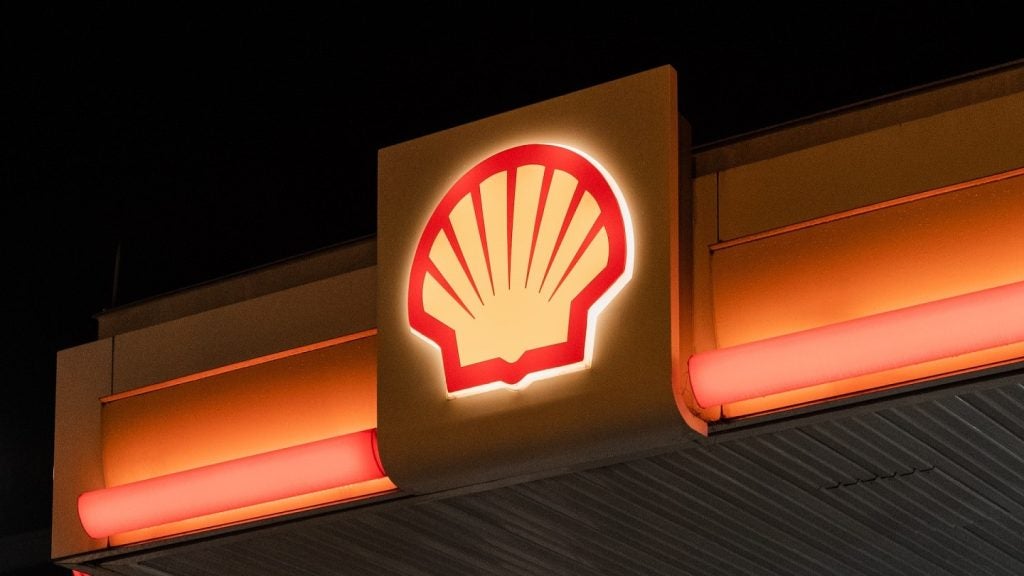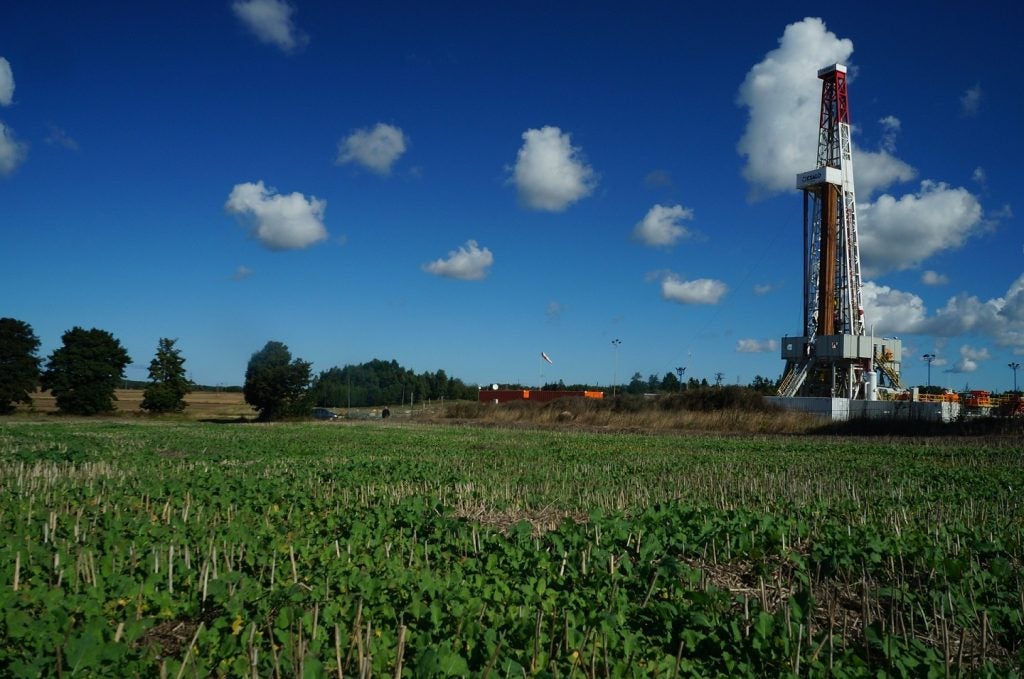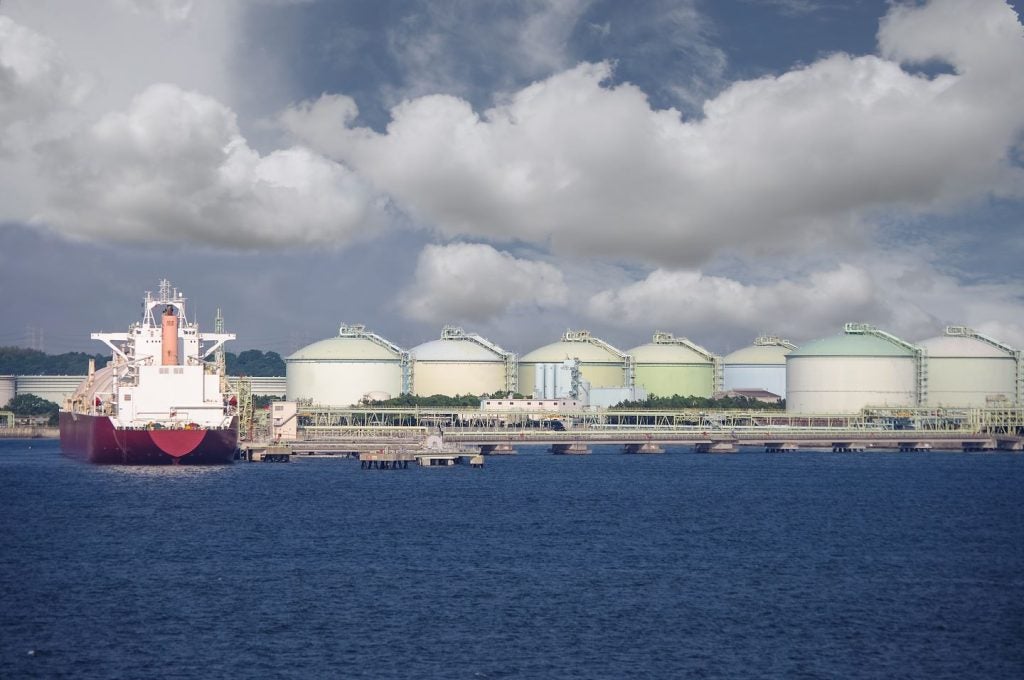Asia's total regasification capacity of liquefied natural gas (LNG) in 2022 was 27,267 billion cubic feet (bcf). The regasification capacity in Asia increased from 23,421bcf in 2017 to 27,267bcf in 2022 at an AAGR of 2.1%. Incheon (South Korea), Pyeongtaek (South Korea) and Sodegaura (Japan) are the major active regasification terminals in the region.
Japan leads among countries in Asia with a regasification capacity of 10,72bcf in 2022, contributing 39.3% of the region’s total capacity. Sodegaura, Futtsu, and Higashi Ohgishima are the major active regasification terminals in the country.
LNG industry, Asia, regasification capacity share vis-à-vis growth by country, 2017–2022
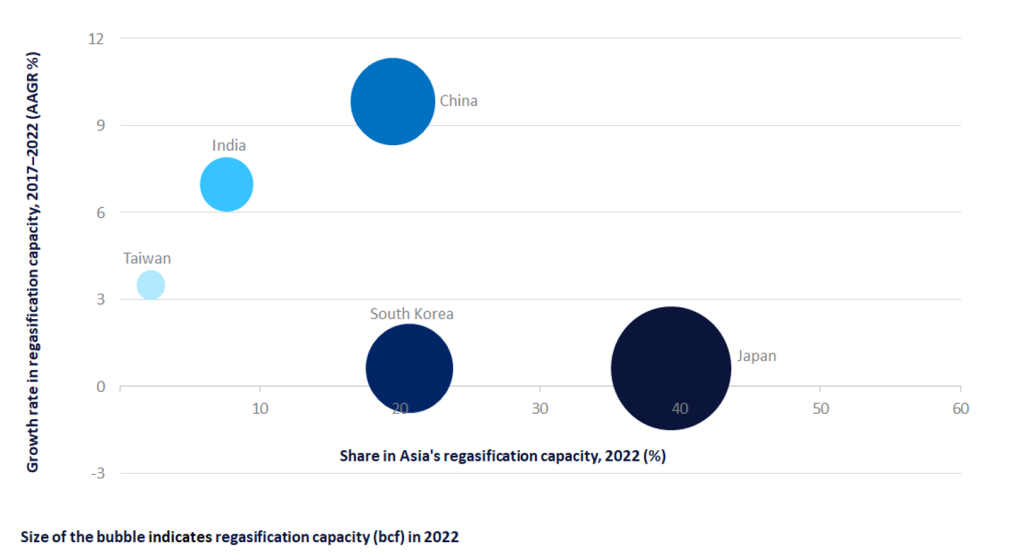
South Korea ranks second with a total regasification capacity of 5,635bcf in 2022. South Korea holds 20.7% of Asia's total regasification capacity. Pyeongtaek, Incheon, and Tongyeong are the major active regasification terminals in the country.
In Asia, China stands in the third position among countries with a regasification capacity of 5,316bcf, contributing about 19.5% of Asia’s total regasification capacity in 2022. The country witnessed significant regasification capacity growth, increasing from 3,251bcf in 2017 to 5,316bcf in 2022 with an AAGR of 9.8%. Jiangsu, Tangshan, and Guangdong are the major active regasification terminals in the country.
Further details on capacity additions and capex spending in the LNG liquefaction and regasification segments for the period 2023 to 2027 can be found in GlobalData’s new report, 'LNG Industry Outlook by Capacity and Capital Expenditure (CapEx) Including Details of All Operating and Planned Terminals to 2027'.


